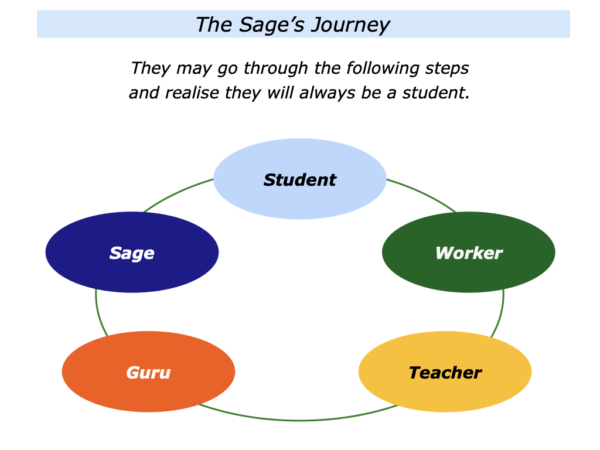
There are many ways to look at how people continue to develop in a particular field. One approach is to consider some of the stages a person may go through along the way.
They start by being a student and then a worker. Aiming to pass on knowledge, they may become a teacher.
Then comes the most dangerous phase. They may want to become a guru. Sometimes they move on, however, and become a sage.
The guru wants followers, but the sage wants to give things away. Why? The sage realises they have gone a full circle and they are really a student.
Sages often embody the qualities of servant leaders. They are serving something much greater than themselves.
Such people believe they cannot take credit for anything they have been given. They can only do their best to pursue the path they have been given the opportunity to follow.
If you wish, try tackling the exercise on this theme. This invites you to do the following things.
Describe a person you have known – or who have admired from afar – who has pursued the journey of going from student to sage and back to student again.
Describe the specific things they did that showed they pursued the journey from student to sage and student again.
Different people follow these stages in different ways. So let’s explore some of the steps you may take in your own way along this road.
Student and Worker
Imagine you want to explore a particular topic. You may want to learn about education, business, science, solving problems or whatever.
The first step is to become a student. What is your learning style? You may learn best by reading books, doing projects, sitting at the feet of experts or in some other way.
Different people learn in different ways. Willa Cather, the author, said: “There are some things you learn best in calm, and some in storm.”
Matt Damon, the actor, highlighted the concentration required by saying:
“If anybody wanted to photograph my life, they’d get bored in a day. ‘Here’s Matt at home learning his lines. Here’s Matt researching in aisle six of his local library.’ A few hours of that and they’d go home.”
People also learn differently in different circumstances. But you may be able to see patterns in the way you learn.
If you wish, try tackling the exercise on this theme called My Learning Style. This invites you to do the following things.
Describe a specific topic you would like to learn more about.
Describe the way you learn best.
Describe the specific things you can do to follow your preferred learning style to learn about the topic.
“The important thing is to work.” This is the message given to people who want to learn their craft.
Actors need to act, builders need to build, chefs need to cook. Pursuing their craft is how they contribute and develop. It is what they are here to do.
Looking at my own life, for example, I was fortunate to do full time voluntary work with people in various kinds of care homes.
This was followed by working in therapeutic communities for young people, recovering drug addicts, alcoholics, prisoners and former patients arriving from psychiatric hospitals. Weekends provided the chance to develop skills on various kinds of experiential programmes.
“It is vital to sweat,” is another message given to people learning their craft. Positive tiredness is crucial. The learning can then seep through your body and begin to make sense. Some people then go on to the next stages.
Teacher and Guru
“The best way to learn is to teach,” we are told. So sometimes it is a natural step from learning to teaching. Many educational models invite older students to teach younger ones.
Paulo Freire’s work on spreading of literacy in poorer communities, for example, urged people to help each other through the philosophy of each one, teach one.
Great educators often start by clarifying the learner’s goals. They follow the old adage that ‘the learner learns what the learner wants to learn.’ They then encourage, educate and enable the person to achieve success.

Encourage
They encourage people to build on their strengths and manage the consequences of their weaknesses.
Educate
They educate by offering people offering knowledge, models and tools they can add to their repertoire.
Enable
They do whatever is required to enable people to achieve ongoing success.
Good educators build on their own strengths. They may be good as keynote speakers, classical teachers, trusted advisors, mentors, coaches, facilitators or whatever. At the same time, they must also adopt ways that enable the learners to learn.
You will do this in your own way. Bearing in mind the topic you want to learn about, try tackling the follow exercise called Passing On Knowledge. This invites you to do the following things.
Describe the specific kinds of people you would like to work with and help to succeed.
Describe the specific things you can do to clarify their learning agenda, pass on knowledge and help them to succeed.
Some people do fine work and gain reputations as superb professionals. Some may even be seen as – or proclaim themselves as – gurus in their field. This can be a dangerous phase.
In some philosophies a guru is seen as a spiritual guide. Whilst they may have followers, such people aim to demonstrate kindness and humility.
They recognise they serve eternal principles. So they aim to enable people to find their own ways to enlightenment.
On the other hand, some people fall into the trap of believing their own publicity. They believe in concepts such as personal branding and aiming to be seen as ‘the smartest person in the room.’
Some of the new self improvement programmes, for example, revolve around the cult of personality and the guru who leads them.
Some leaders renounce this interpretation, but others play on the status. They produce videos and materials that highlight their name.
During the 1960s there was much discussion around the theme of The Good Guru Guide. Some of the questions regarding a guru were these.
“Is the person kind? Are they generous? After being with them, do you feel more able to make your own decisions?
“Do you feel freer to shape your own future? Or have you been asked to sign up for more programmes with the promise that, one day, you will get enlightenment?”
Sage and Student
The guru often wants followers, but the sage wants to give things away. Sages are like good educators. Whilst able to share knowledge, they want people to make up their own minds in their own way.
Such people often embody the second simplicity. What does this mean?
During the early years a person may see things in simple terms. They believe in love, peace, beauty and building a better world. But then comes complexity.
They go to work, enter university, write in long sentences, join big companies, incur debts and make compromises. They say: “Life is not that simple.”
But then comes another shift, perhaps triggered by a crisis that clarifies what is important in life. They move onto the second simplicity, which is a profound simplicity.
A person may return to their original philosophy, but experience has brought wisdom. The pains and pleasures of life bring an extra timbre to their voice. Speaking from the depths of their being, their words resonate more deeply. They are real, rather than in role.
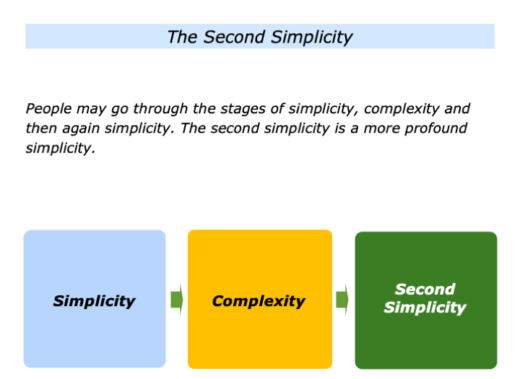
Such people have wisdom in their bones. They make complicated things simple. They pass on knowledge that is real, relevant and rewarding.
Sages remain humble. They feel part of a tradition, something greater than themselves. The sage realises they will always be a student.
So it’s time to go around the circle again. They restart the journey and aim to help people along the way. As Jiddu Krishnamurti said:
“The whole of life, from the moment you are born to the moment you die, is a process of learning.”
You will, of course, follow this path in your own way. As mentioned earlier, however, the sage’s journey is full of paradoxes.
Once you think you are wise, you automatically aren’t. Similarly, once you think you are a sage, you are in dangerous territory. It is vital to then remind yourself that you are a student.
If you wish, try tackling the final exercise on this theme called The Ongoing Journey. This invites you to do the following things.
Describe the specific things you can do, if you wish, to pursue the journey from being a student to a sage and back to being a student again.
Describe the specific things you can do to be humble, kind and generous on the way.



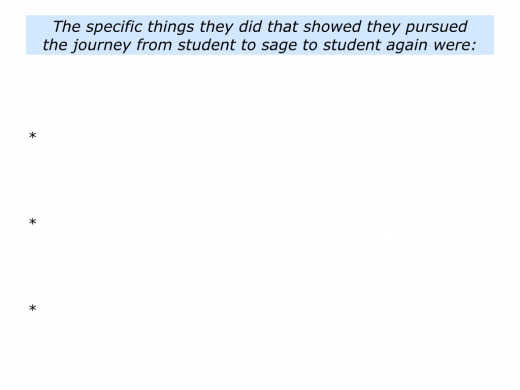
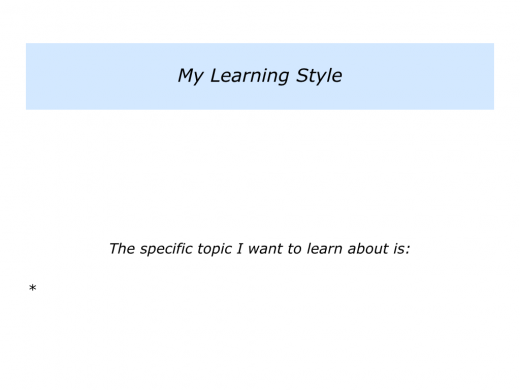
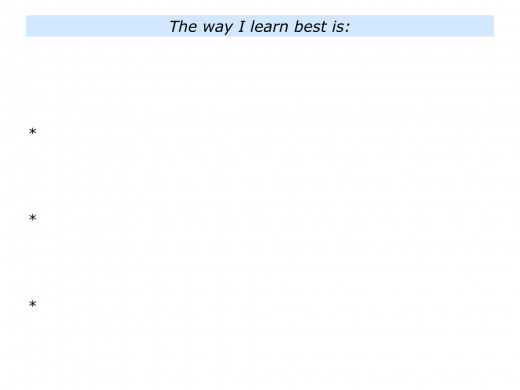
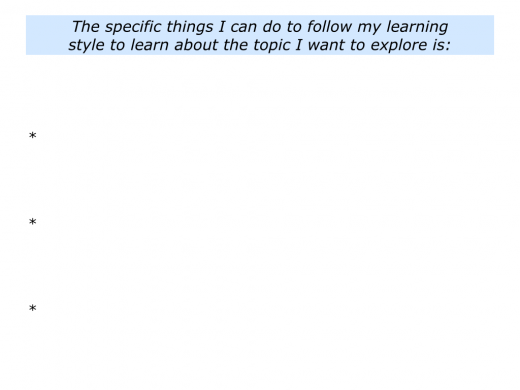
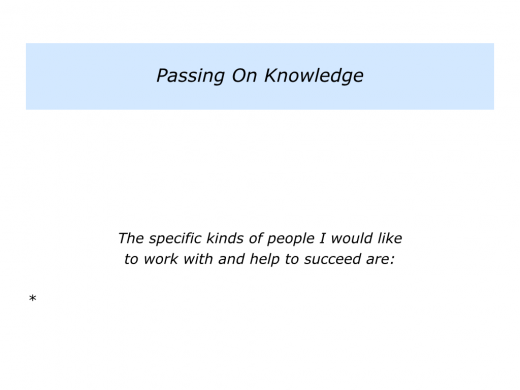
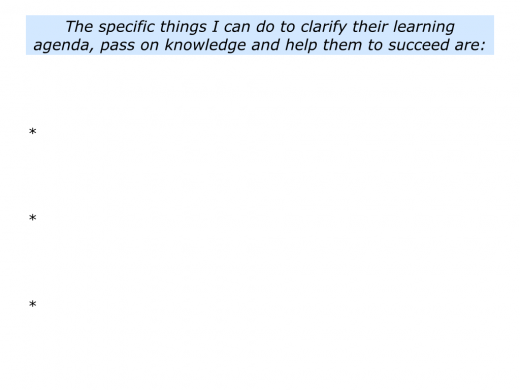
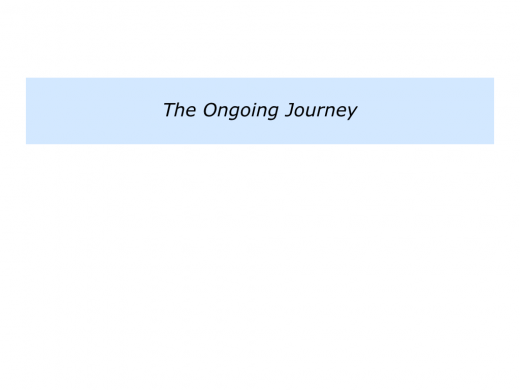
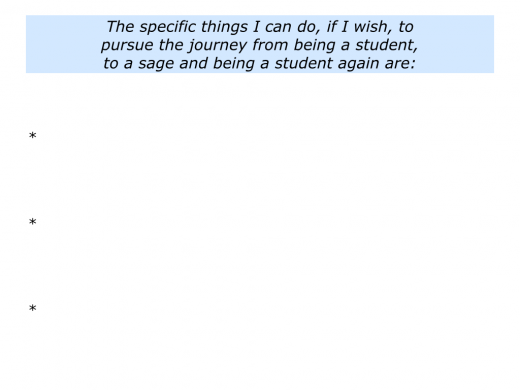
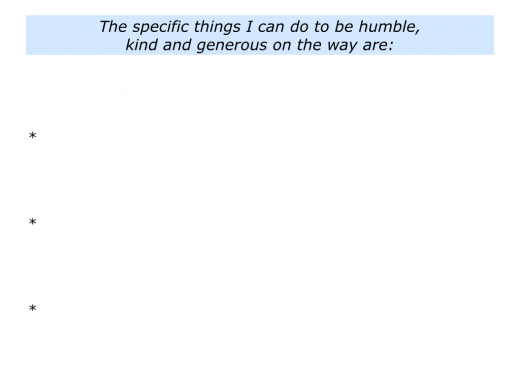




Leave a Reply